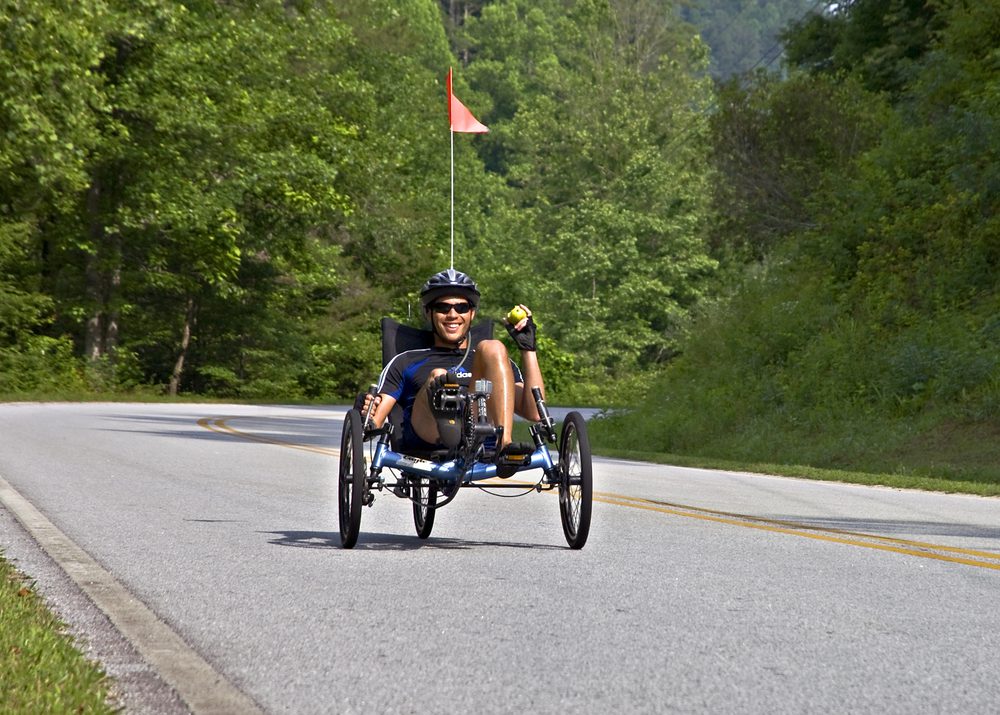What are the pros and cons of a recumbent vs upright exercise bike?
A recumbent exercise bike is a piece of fitness equipment that allows you to sit in a reclined position while pedaling. On the other hand, an upright exercise bike resembles a traditional bicycle, where you sit upright while pedaling.
Recumbent Exercise Bike
A recumbent exercise bike offers several advantages. First and foremost, the reclined position reduces strain on your back and joints. This makes it an excellent choice for individuals with back pain or joint issues. Additionally, the wide and comfortable seat provides better support for your buttocks and lower back, ensuring a more comfortable workout experience.
Another benefit of a recumbent bike is the lower impact on your knees and ankles. The design of the bike distributes your weight evenly and puts less stress on these areas. This is particularly beneficial for individuals recovering from injuries or those who have joint problems.
Pros of a Recumbent Exercise Bike:
- Reduced strain on the back and joints
- Comfortable and supportive seat
- Lower impact on knees and ankles
However, there are some potential drawbacks to using a recumbent bike. One of the main disadvantages is that it typically engages fewer muscle groups compared to an upright bike. While it provides an effective cardiovascular workout, it may not be as effective for targeting certain leg muscles.
Cons of a Recumbent Exercise Bike:
- Engages fewer muscle groups
- Less effective for targeting specific leg muscles
Upright Exercise Bike
An upright exercise bike offers a different set of advantages. One of the primary benefits is that it closely resembles the motion of riding a traditional bicycle. This can be particularly advantageous for outdoor cyclists who want to maintain their fitness level during inclement weather or winter months.
Another advantage of an upright bike is the ability to engage a wider range of muscles. The upright position requires you to engage your core muscles more actively, providing a more comprehensive workout for your entire body. Additionally, it allows you to incorporate standing and sprinting exercises, which can further intensify your training.
Pros of an Upright Exercise Bike:
- Similar to outdoor cycling motion
- Engages a wider range of muscles
- Allows for standing and sprinting exercises
However, there are a few downsides to consider when using an upright bike. The upright position may lead to increased strain on your back and neck, especially if you have existing issues in these areas. The seat on an upright bike is typically smaller and can be less comfortable compared to a recumbent bike.
Cons of an Upright Exercise Bike:
- Potential strain on the back and neck
- Less comfortable seat
“The choice between a recumbent and upright exercise bike ultimately depends on individual preferences, fitness goals, and any existing physical limitations.”
Ultimately, the choice between a recumbent and upright exercise bike depends on individual preferences, fitness goals, and any existing physical limitations. If you prioritize comfort and low-impact exercise, a recumbent bike may be the better option for you. On the other hand, if you want a more intense full-body workout that closely resembles outdoor cycling, an upright bike may be the way to go.
Do you lose more weight on a recumbent bike or upright bike?
When it comes to losing weight, both recumbent and upright exercise bikes can be effective. The choice between the two ultimately depends on your personal preference and fitness goals. Let’s take a closer look at the pros and cons of each.
Recumbent Bike
A recumbent bike is a stationary exercise bike that allows you to sit in a reclined position with your legs out in front of you. It offers numerous benefits:
- Comfort: The ergonomic design of a recumbent bike provides excellent back support and reduces strain on the joints, making it a great option for those with existing injuries or joint problems.
- Effective calorie burn: While the recumbent bike may seem less intense than an upright bike, it can still provide a challenging workout. A study published in the Journal of Science and Medicine in Sport found that recumbent cycling can burn similar calories to upright cycling.
- Lower impact: Due to the seated position and the support it provides, a recumbent bike puts less stress on the knees, hips, and ankles, making it a suitable choice for individuals with joint issues or who are recovering from an injury.
However, one potential drawback of a recumbent bike is that it engages fewer muscle groups compared to an upright bike. This means that while it may be effective for burning calories, it may not provide as comprehensive of a full-body workout.
Upright Bike
An upright exercise bike mimics the feel of riding a traditional bicycle and has a more vertical seating position. Here are some advantages of using an upright bike:
- Engages more muscle groups: The upright position activates more muscles, including the core, arms, and back, in addition to the lower body. This can help improve overall muscle tone and strength.
- Higher intensity workouts: Upright bikes generally offer more resistance levels, allowing you to push yourself harder and achieve higher intensity workouts, which can be beneficial for weight loss.
However, upright bikes may not be suitable for everyone. The upright position can put more strain on the lower back and wrists, which may be problematic for individuals with existing back issues or joint pain.
“Ultimately, the weight loss potential of both recumbent and upright bikes depends on your effort and consistency.”
It’s also worth noting that the number of calories burned during a workout depends on various factors such as duration, intensity, and your individual metabolism. The most important aspect of losing weight is creating a calorie deficit by burning more calories than you consume, and both recumbent and upright bikes can contribute to this goal.
In conclusion, whether you choose a recumbent bike or an upright bike, what matters most is finding an exercise routine that you enjoy and can stick to in the long term. Consistency and proper nutrition are key to achieving your weight loss goals. So, hop on whichever bike suits you best and start pedaling towards a healthier you!
Is a recumbent bike better than a spin bike?
A recumbent bike and a spin bike are two popular options when it comes to indoor exercise bikes. Both have their advantages and disadvantages, so determining which one is better depends on your specific needs and preferences.
Recumbent Bike
A recumbent bike offers a more relaxed and comfortable riding position compared to a spin bike. It features a larger seat with a backrest and promotes better posture during workouts. This makes it an excellent choice for individuals with back or joint issues, as it puts less stress on these areas.
Benefits of a recumbent bike:
- Low impact: The recumbent position reduces strain on joints, making it ideal for people recovering from injuries.
- Comfortable: The large seat and backrest provide added support and comfort during workouts.
- Improved posture: The reclined position helps maintain proper spinal alignment.
Spin Bike
A spin bike, also known as an upright exercise bike, mimics the feel of outdoor cycling. It features a more traditional and upright position, similar to riding a regular bike. Spin bikes are often preferred by avid cyclists or those looking for intense cardio workouts.
Advantages of a spin bike:
- Intense workouts: Spin bikes typically offer more resistance levels and allow for standing while pedaling, providing a more challenging workout.
- Simulates outdoor cycling: The upright position enables riders to engage the same muscles used during outdoor biking.
- Compact and easy to store: Spin bikes are generally more compact than recumbent bikes, making them easier to store in small spaces.
“The choice between a recumbent bike and a spin bike depends on your fitness goals and personal preferences.” – Fitness Expert
Ultimately, the decision between a recumbent bike and a spin bike boils down to individual needs and goals. If you prioritize comfort, low-impact workouts, and back support, a recumbent bike is the better choice. On the other hand, if you seek intense cardio workouts and want to simulate outdoor cycling, a spin bike would be more suitable.
| Factor | Recumbent Bike | Spin Bike |
|---|---|---|
| Comfort | High | Medium |
| Cardiovascular Workouts | Low to Medium | High |
| Muscle Engagement | Lower Body | Full Body |
| Storage | Requires more space | Compact |
In conclusion, both recumbent bikes and spin bikes have their own merits. Consider your fitness goals, body needs, and personal preferences before deciding which type of exercise bike is better for you.



